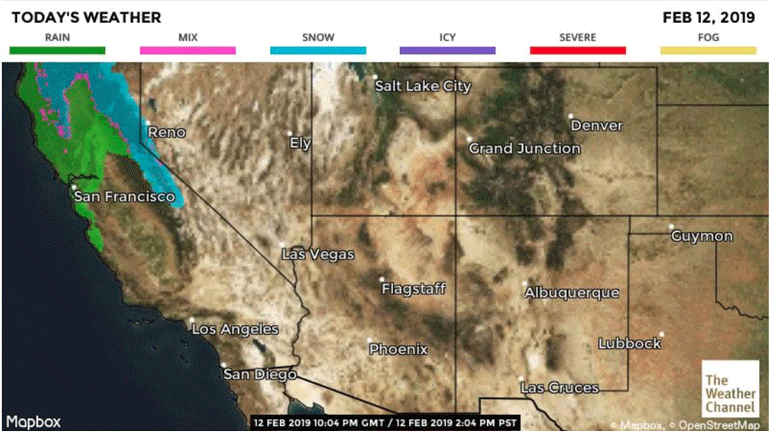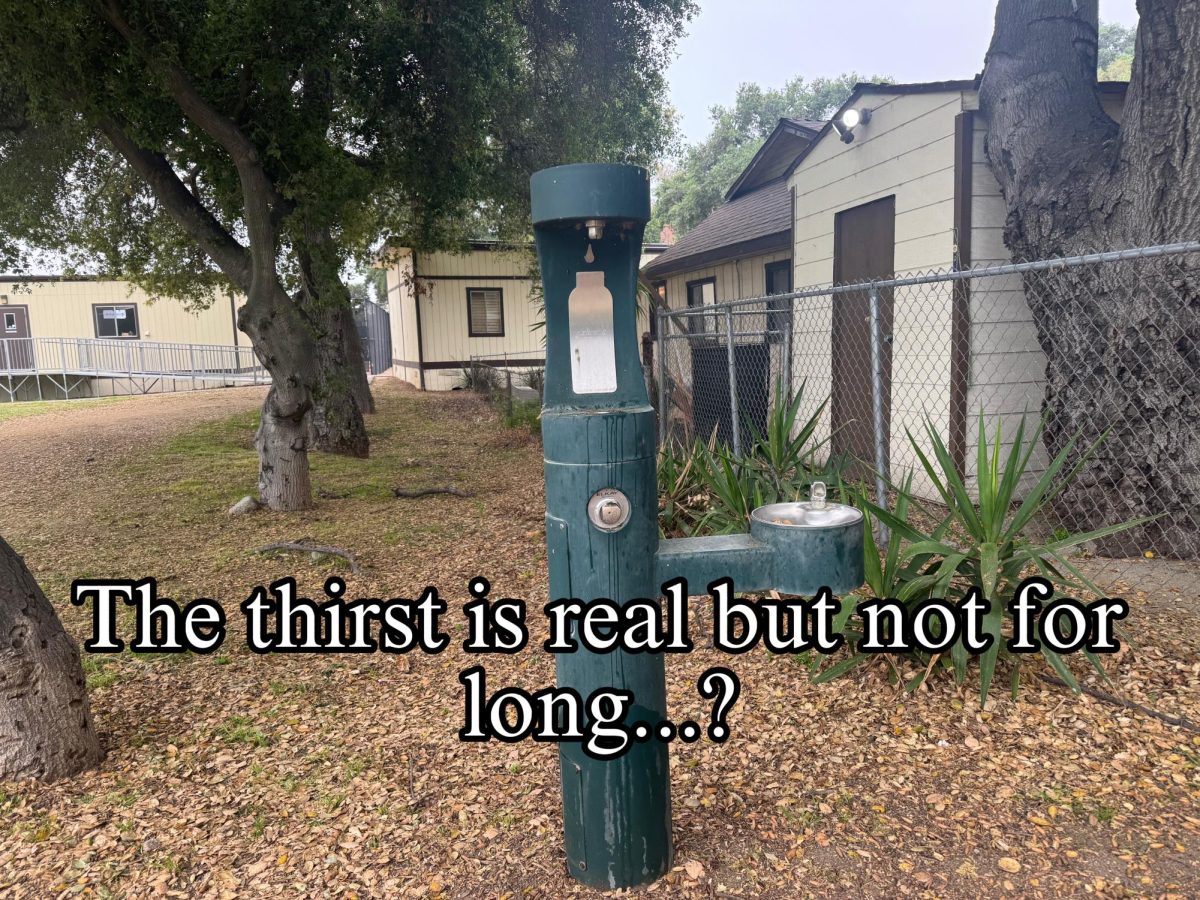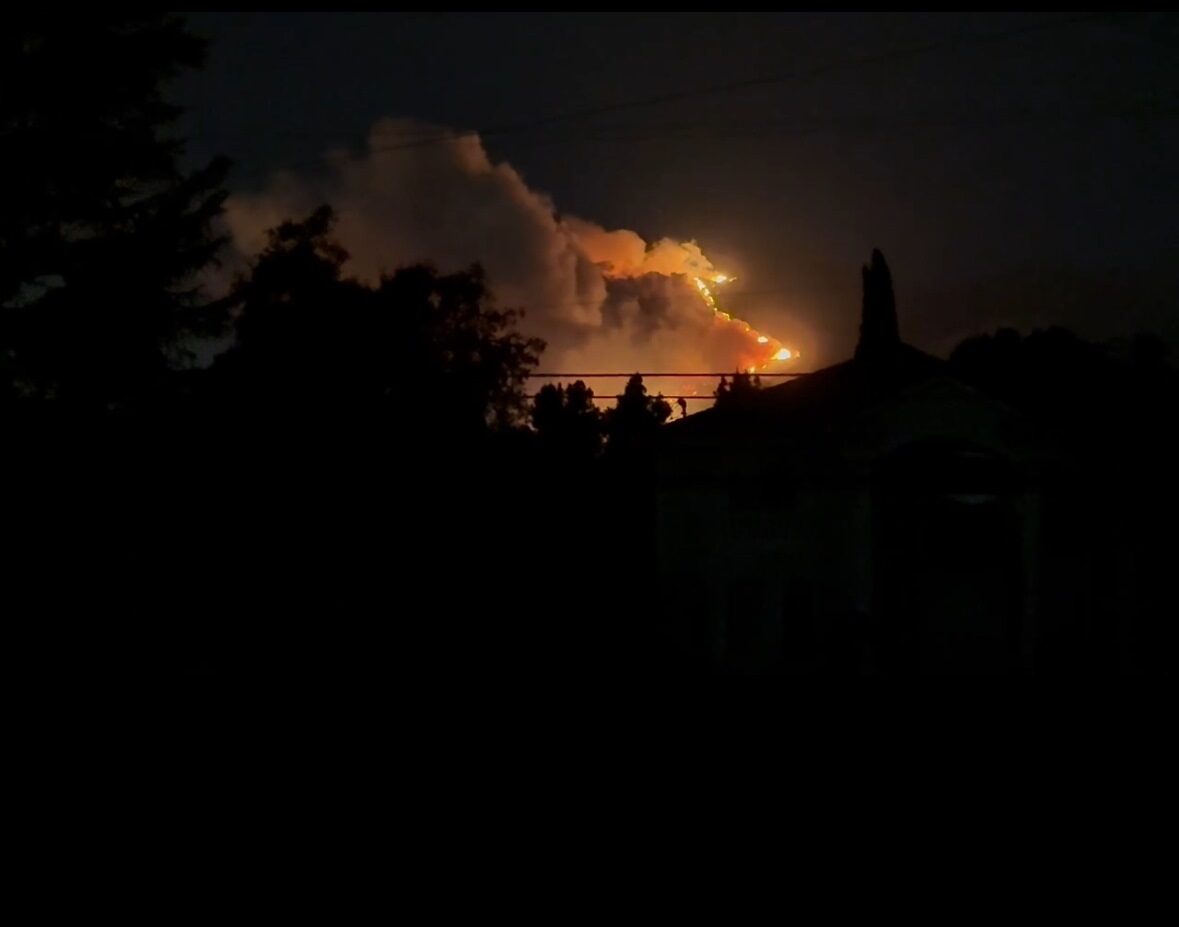The Polar Vortex catalyzed the recent rain in Southern California. Countless days of nonstop rain and highwinds rattled the southlands. Some consider it to be merely a storm, but in reality, this weather anomaly is a side effect of the Polar Vortex hitting the northeastern part of the country.
What is the Polar Vortex?
The Polar Vortex is a low-pressure region that is made up of cold air. It usually sits in the northern-most parts of the globe, but in the winter the Polar Vortex expands. Sometimes, it expands and when it reaches warm air, parts of the low pressure region break off, sending cold fronts across the globe.
It is difficult to see these effects because the cold winds are up in the stratosphere. However, the cold winds cause an increase in rain and aggressive gusts, which have recently battered Southern California. We saw the true effects of the storm towards the beginning of February when the inland Empire experienced as much as 80 mph winds and 10.63 inches of rain.
The effects of the vortex have been extreme. In places like Chicago, many people were advised to skip work and children and adults had classes canceled due to the extreme weather, which caused frostbite and 21 deaths. The weather became so severe that people could experience frostbite within three to fifteen minutes and the first symptoms of hypothermia from being outside for thirty minutes.
Doctors such as Stathis Poulakidas have already seen 50 cases of frostbite in a week, some of which resulted in the amputation of fingers and limbs.
Not only does the Polar Vortex cause health problems, but also a hard time using basic transportation. To keep the railroads operating in Chicago and prevent switches from freezing, Metra employees lit the track on fire.
Thankfully, Southern California will not experience conditions as daunting as those which affect the citizens of Chicago, but it still feels the effects of the vortex.
The biggest effect on California is not the vortex itself, but the parts of the vortex’s cold winds that break off and travel the globe. The Polar Vortex has always expanded and broken off, but this time, the winds traveled towards California.
The rain may be beneficial, but due to the recent fires and the excessive amount of rain the state has received, there could be complications. The fires destroyed many of the plants that held down the soil. According to the United States Geological Survey, if it were to rain 0.3 inches for just thirty minutes, there could be landslides.
So aside from the cold weather and increase of rain, expect there to be landslides in the coming weeks due to the Polar Vortex from the northeast.
Most Webb students have felt the impacts from these storms. Massimo Rabida (‘21), a Jameson resident, said, “The boys’ dorms are cold because they are all outdoors. The design of my dorm area makes it so that I don’t need to sweep water out so I am not affected much.”
However, boarders such as Dean Woefle (‘21), who lives in Alamo, said, “The way Alamo is structured, the worms come to the surface and die on the walkway. Then we need to sweep the dead worms away and the worms sometimes get under doorways and get stuck in our rooms.”
Liz O’Grady (‘21), who lives in Jones, said, “Whenever Jones is flooded, the lounge’s carpet is soaked with water and they have to bring fans in. I do not enjoy when it rains.”
Even now in early March, we feel the storms’ effects. As a state, our best bet is to hunker down, fix those leaks, and continue going. However, we may not be able to hide in our comfy homes or dorms forever.
A megastorm is coming, wrote the LA times on February 18th. The journalist warned that the San Gabriel Basin could flood, with close to 1.5 million people needing to flee. The rain are due to the runoff from the San Gabriel mountains which could overwhelm dams, such as the Whittier Narrows Dam, causing them to flood past their capacity.
Shockingly, this storm has nothing to do with the Polar Vortex at all; it is a different storm known as the ArkStorm. ArkStorms is more extreme than the weather that we experienced with the Polar Vortex, and is more dangerous because they are caused by the warming planet. As the planet heats up, the world should expect less from the Polar Vortex, and more ArkStorm which is directly correlated to global warming.
The Polar Vortex will always stay in the North Poles and will come back yearly, but the ArkStorm will only be temporary; the storm of biblical proportions, ArkStorm, is already upon us and we summoned it.









